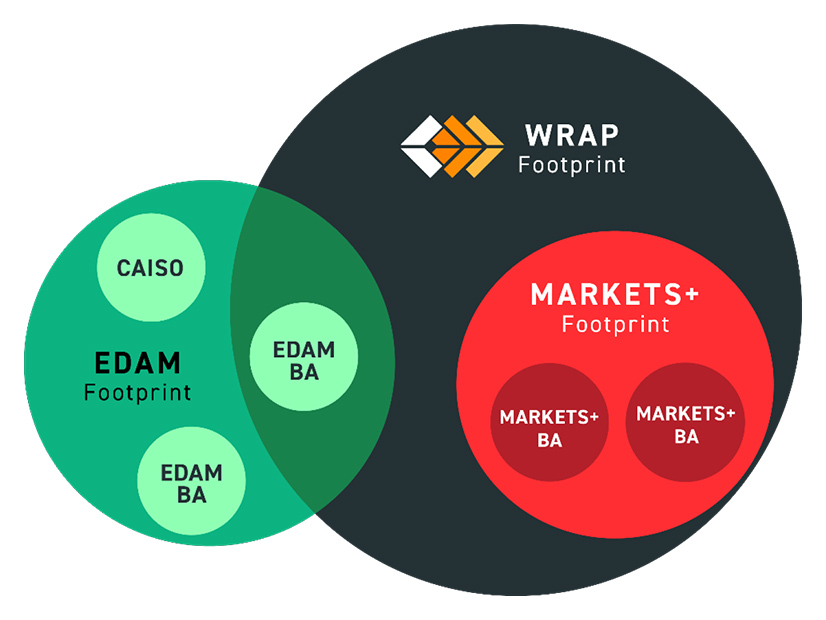
Members of a key WRAP stakeholder group have expressed support for the recent move by participants to delay the program’s “binding” penalty phase by one year, to summer 2027.
Members of key Western Resource Adequacy Program (WRAP) stakeholder groups have expressed support for a recent move by participants to delay the program’s “binding” penalty phase by one year, to summer 2027.
Those stakeholders shared their views during a May 8 meeting of the WRAP’s Program Review Committee (PRC), a sector representative group “charged with receiving, considering and proposing design changes” to the RA program operated by the Western Power Pool (WPP).
They were reacting to an April 22 letter by the WRAP’s Resource Adequacy Participants Committee (RAPC) seeking the delay and outlining a number of concerns in meeting RA obligations in summer 2026, including supply chain delays, rapid regional peak load growth and extreme weather events that could affect participants’ ability to procure enough capacity to meet resource adequacy requirements. (See WRAP Participants Seek 1-Year Delay to ‘Binding’ Operations.)
Members of WPP’s voluntary program face a May 31 deadline to commit to binding operations by summer 2026, which would subject participants to penalties for capacity deficiencies.
PRC member Ray Johnson, deputy general manager with Tacoma Power, reiterated the concerns set out in the letter.
“The intent is to close the gap on some capacity deficits, but supply chains are causing delay,” Johnson said. “It’s very difficult in this current environment to procure or build all the capacity that’s required in the time frame that we’re currently operating under. And so, the modifications will enable a little bit more of a ramp into the program and then enable the program to be fully binding, I think, in early 2029.”
Asked to clarify Johnson’s 2029 reference, Tacoma Power told RTO Insider in an email that Johnson was referring to the first year beyond the program’s phase-in transition period set out in the WRAP tariff, which ends in 2028.
“They are still working toward a critical mass of participants electing binding operations for summer 2027, which falls in the existing transition period window,” a utility spokesperson said.
Rebecca Sexton, director of reliability programs at WPP, said the one-year delay is “not technically a loss.”
“This current undertaking here to select summer 2027 is well within the current tariff, so we don’t really see it as a delay,” Sexton said. “It does mean kind of a paradigm shift of what we think about binding. I think the terms that are being preliminarily discussed for the transition would hopefully encourage folks, even if they can’t meet the expectations of the WRAP program, to still be a binding participant.”
Non-utility Perspectives
Non-utility stakeholders agreed that they don’t want the program to enter the ‘binding’ phase until it includes a critical number of participants.
“I fully appreciate that this program is going to be more successful if we get this critical mass and everybody is in it together, and to incent that, I see why we proposed kind of ramping in,” said Ben Fitch-Fleischmann, director of markets and transmission at Interwest Energy Alliance.
Sommer Moser, an attorney representing Alliance of Western Energy Consumers (AWEC), shared a similar view but said it did not reflect a formal position from AWEC.
“Taking the time to get things right to make sure that we are eliminating inefficiencies and being thoughtful about implementation tends to lead to a program that is more cost effective and [has] greater benefits for participation,” Moser said. “I was a little concerned at the delay but ultimately think that getting it right is most important.”


